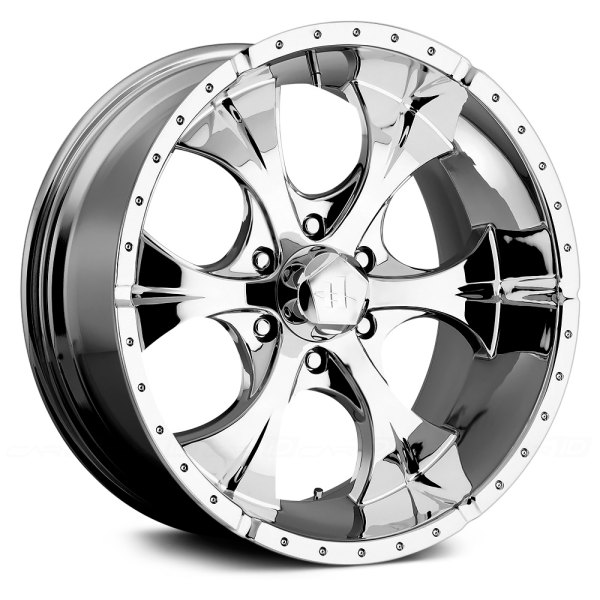

Army made the transition to rotor-wing aircraft. Army fixed-wing aircraft be transferred to the U.S. Department of Defense issued a memorandum directing that all U.S. Beginning in 2001, the JGSDF OH-6s were being replaced by the Kawasaki OH-1 observation helicopter. In Japan, 387 OH-6/Hughes 369s were produced under license by Kawasaki Heavy Industries and used by the Japanese Ground Self-Defense Force (JGSDF), Japanese Maritime Self-Defense Force (JMSDF), the Japanese Coast Guard, and civilian operators. Hughes, without telling him, added $3,000 to the bid and thus lost the contract. Reportedly, Hughes had consulted at the last moment with his confidant Jack Real, who recommended a bid of $53,550. Hughes bid $56,550 per airframe, while Bell bid $54,200. After a competitive fly-off, the Army asked for sealed bids. Hiller did not participate in the rebidding, but Bell did, with their redesigned Model 206. Army that Hughes had used unethical procedures therefore, the Army opened the contract for rebidding by all parties. In 1968 Hughes submitted a bid to build a further 2,700 airframes. Army deal, with the anticipation that an extended production cycle would eventually prove financially viable. It was reported that Howard Hughes had directed his company to submit a bid at a price below the actual production cost of the helicopter in order to secure this order, resulting in substantial losses on the U.S. Hughes is reported to have told Jack Real that he lost over $100 million in building 1,370 airframes. This would account for some of the price difference. The Hiller design (designated OH-5A) had a boosted control system, while the Hughes design did not. Hughes's price was $19,860 per airframe, less engine, while Hiller's price was $29,415 per airframe, less engine. Hughes won the competition, and the Army awarded a contract for production in May 1965, with an initial order for 714 that was later increased to 1,300 with an option on another 114. The bidding for the LOH contract came down to Fairchild-Hiller and Hughes. During the course of the competition, the Bell submission, the YOH-4, was eliminated as being underpowered (it used the 250 shp (186 kW) T63-A-5). Army at Fort Rucker, Alabama to compete against the other ten prototype aircraft submitted by Bell and Fairchild-Hiller. Five prototypes were built, fitted with a 252 shp (188 kW) Allison T63-A-5A, and delivered to the U.S. Originally designated as the YHO-6A according to the Army's designation system, the aircraft was redesignated as the YOH-6A in 1962 when the Department of Defense created a Joint designation system for all aircraft. The first Model 369 prototype flew on 27 February 1963.


 0 kommentar(er)
0 kommentar(er)
